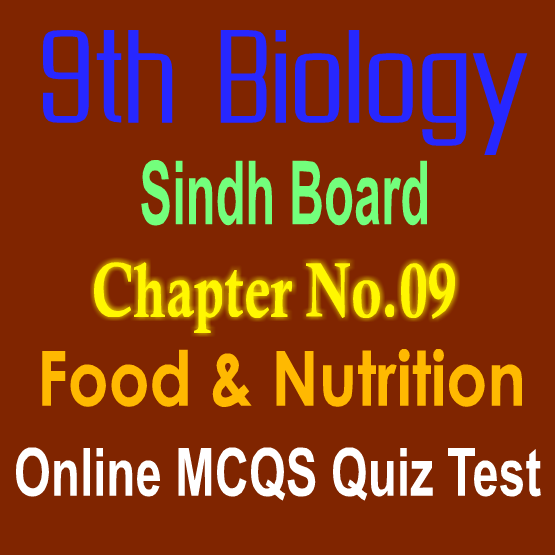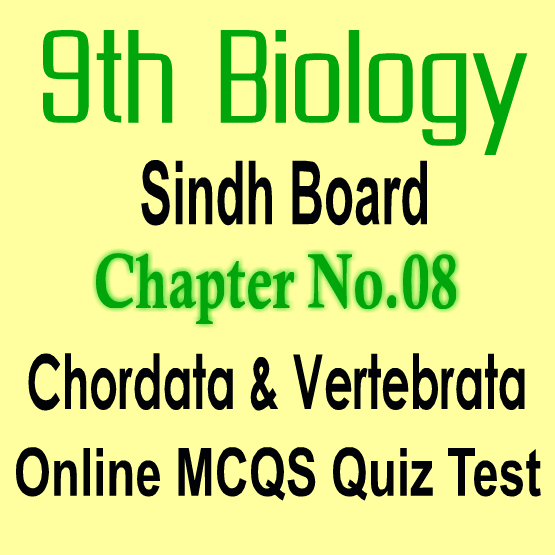On this Page you will learn Ninth Class Chapter No.10 Respiration Solved Full Chapter MCQs With Solved Answers Quiz Test. If you are looking 9th Class Karachi Sindh Board Biology Chapter Wise Solved MCQs With Answers You are on this page right place. You will learn online here Objective type IX Class Biology Solved Unit 10 Most Repeated MCQs with Solved Answers Quiz Tests.
 |
| 9th Biology Sindh Board Notes |
- All leaves cells
- All cells
- All living cells
- Parenchymatous cells
- It provides oxygen to plants
- It liberates energy
- It liberates carbon dioxide
- All of the above
- H2O and energy
- Starch and O2
- Sugar and O2
- CO2\,\ H2O and energy
- None of them
- Photosynthesis
- Aerobic respiration
- Anaerobic respiration
- Lactic acid
- Pyruvic acid
- Uracil
- Uric acid
- Transpiration
- Photosynthesis
- Respiration
- None of the above
- Tracheae
- Lungs
- Malpighian tubules
- Flame cells
- Osmosis
- Active transport
- Diffusion
- None of them
- Bacteria
- None of these
- Worn
- Virus
- Tar
- CO
- Nicotine
- All of them
- 263 KJ of energy
- 11200 KJ of energy
- 2827 KJ of energy
- None of these
- for ripening of tea leave and tobacco leaves
- to prepare cheese, yogurt and bread
- Both Above
- None of these
- None of these
- specific cells
- ATPase
- A specific enzyme
- dissolved in water
- dissolved in blood
- in gaseous form
- None of these
- anaerobic respiration occurs
- photosynthesis takes place
- respiration takes place
- None of these
- increased
- remained same
- None of these
- reduced
- Oxygen
- Hydrogen
- Nitrogen
- Carbon dioxide
- Arthropods
- All of them
- Proiferian
- Terrestrial insects
- Reptiles
- Mammals
- Amphibians
- All of them
- Tar
- Carbon monoxide
- Nicotian
- All of them
- Worm
- non-addictive
- Aromatic
- refreshing
- 2827
- 3078
- 2800
- 1100
- osmosis
- Diffusion
- active transport
- None of the above
- Water
- Carbon dioxide
- Both of them
- None
- Carbon dioxide
- Ethanol and carbon dioxide
- Lactic acid
- Ethanol















